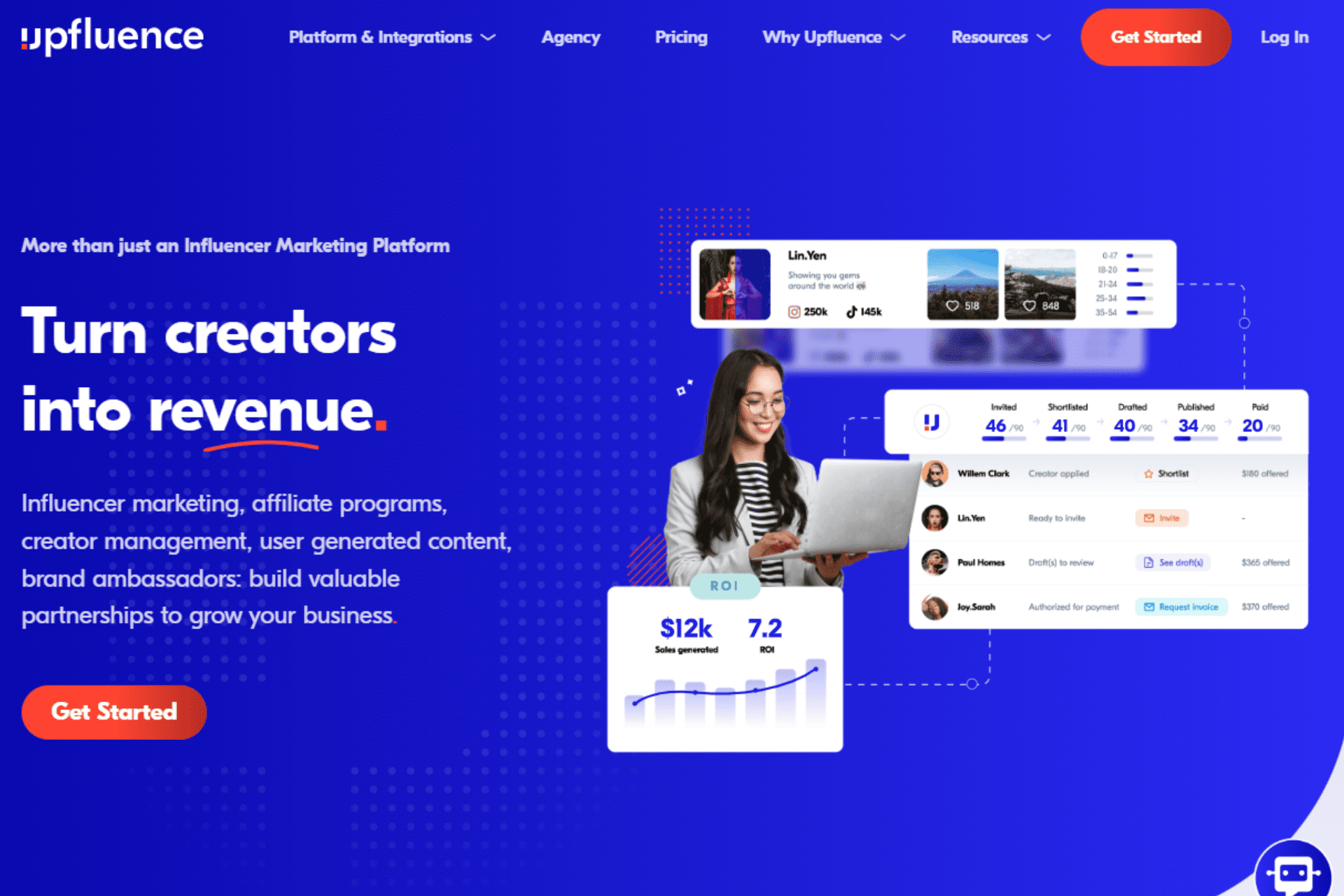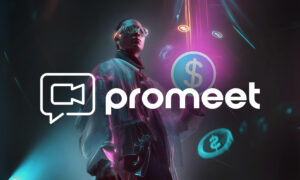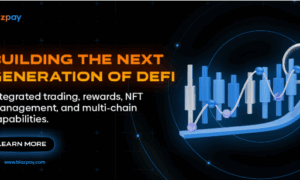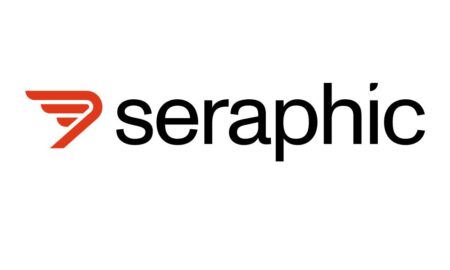In today’s digital world, audiences crave authenticity, and by 2026 influencer marketing has become one of the most powerful ways for brands to meet that demand. Instead of relying solely on ads, companies are turning to creators whose voices already resonate with their communities. The challenge, however, lies in navigating a crowded space. How do you separate genuine influence from inflated numbers, or manage dozens of campaigns without losing track?
This is where influencer marketing platforms step in. They streamline the entire process: discovering the right creators, verifying their audiences, coordinating campaigns, and measuring results in real time. Some tools are simple and cost-effective, designed for startups and small teams. Others are built for the scale and sophistication of global enterprises. In the sections ahead, you’ll discover ten leading platforms—what makes them unique, why they matter, and which brands they’re best suited for.
Influencer Hero
Imagine running multiple influencer campaigns without the chaos of juggling five different tools. That’s what Influencer Hero delivers. Powered by AI, it combines discovery, outreach, campaign tracking, affiliate management, and fraud detection into one seamless platform. Its intuitive dashboard lets brands manage relationships, payments, and performance with ease—while audience verification ensures every dollar goes toward real influence, not bots.
What makes it truly stand out is its scalability. Whether you’re running a single campaign or dozens at once, Influencer Hero adapts to your needs. Affiliate tracking connects directly to ROI, while real-time insights help marketers act quickly on data. Add in collaboration tools that streamline communication with influencers, and you’ve got a platform tailor-made for e-commerce brands that demand both efficiency and measurable results.
Upfluence
Upfluence is like having a massive directory of influencers right at your fingertips. Brands can search by niche, audience size, or location to find creators who feel like a natural fit. But Upfluence doesn’t stop at discovery, it’s built to nurture long-term partnerships instead of one-off shoutouts.
The magic lies in its e-commerce integrations. By connecting directly to platforms like Shopify, brands can track sales generated by influencer campaigns in real time. Its dashboards provide deep insights into engagement and conversions, making it easier for mid-to-large businesses to invest confidently in strategies that actually drive growth.
HypeAuditor
In a world where follower counts can be faked, HypeAuditor acts as a truth-teller. It verifies influencer authenticity, analyzing audience quality, demographics, and engagement to separate genuine voices from inflated ones. For brands, this means less wasted budget and more trust in who they partner with.
Beyond fraud detection, HypeAuditor provides competitor analysis and industry insights, helping marketers spot trends before they go mainstream. It’s the perfect companion for businesses that prioritize smart, data-backed decisions and want peace of mind before committing to any collaboration.
Brandwatch
Brandwatch takes influencer marketing to a strategic level. It doesn’t just measure what influencers post it reveals how audiences react and how campaigns fit into broader online conversations. By combining influencer tracking with social listening and trend analysis, it gives brands a 360° view of impact.
Its real power lies in context. Marketers can see not only how a campaign performs but also how it shifts sentiment, sparks discussions, or aligns with cultural moments. For brands that want to go beyond surface-level metrics, Brandwatch provides the insights needed to shape smarter, more resonant strategies.
Heepsy
For small businesses or startups dipping their toes into influencer marketing, Heepsy offers a welcoming entry point. Its straightforward platform allows users to filter by location, engagement rate, or topic, making it easy to identify local or niche creators.
While it doesn’t have the scale of enterprise-grade tools, Heepsy shines in simplicity and affordability. It’s perfect for testing out influencer campaigns without heavy investment. For many first-time marketers, Heepsy becomes the stepping stone to understanding how creators can amplify their message.
CreatorIQ
When global corporations and large agencies need a system powerful enough to handle hundreds of influencers, they turn to CreatorIQ. With advanced analytics, API integrations, and strong campaign management tools, it’s an enterprise-grade platform built for complexity.
What sets it apart is its ability to sync influencer data with broader marketing systems, ensuring that influencer campaigns don’t sit in isolation but feed into larger business reporting. Multi-team collaboration features make it especially valuable for organizations spread across regions, helping them stay aligned while scaling massive campaigns.
Emplifi
Emplifi bridges influencer marketing with broader brand experience. Beyond discovery and campaign tracking, it integrates social media management and customer engagement, giving brands a big-picture view of how influencers fit into overall reputation and customer care.
Its unique strength lies in unifying influencer campaigns with customer feedback. From one dashboard, teams can monitor content, benchmark results, and even compare performance against competitors. For larger brands that see influencer marketing as part of the customer journey, Emplifi provides the holistic perspective needed to stay ahead.
Meltwater
Having absorbed Klear, Meltwater brings together influencer discovery, analytics, and media monitoring in one platform. This blend makes it possible to measure not only how influencers perform but also how campaigns ripple into press coverage and wider media sentiment.
With global reach and powerful data filters, Meltwater paints a panoramic picture of brand visibility. It’s a go-to for mid-to-large companies that want to understand how influencer strategies influence not just sales, but public perception as a whole.
Influencity
Managing multiple influencers can feel chaotic unless you’re using Influencity. Built for scale, it allows brands to discover, compare, and manage creators while keeping campaigns structured and transparent.
Its automation tools reduce manual work, centralizing communications and reporting to make scaling smoother. For agencies and growing brands expanding from small influencer tests to larger, multi-market programs, Influencity provides the structure needed to grow without losing track of what works.
Modash
Modash balances affordability with reliability, making it a popular choice for small to mid-sized businesses. It offers influencer search, audience authenticity checks, and content monitoring, giving brands confidence that their partnerships are genuine and their campaigns are properly tracked.
Its appeal lies in accessibility, smaller brands can get powerful insights without paying enterprise-level prices. By making data-driven influencer marketing available to more businesses, Modash empowers online stores and startups to compete effectively in the digital space.
Final Thoughts
Though these platforms all aim to connect brands with influencers, each takes a different approach. Some focus on simplicity for newcomers, while others are built for the scale of global enterprises. The right choice comes down to budget, campaign size, and how much data you want at your fingertips. Whenever possible, explore free trials and choose the tool that not only meets your needs but also feels natural to use daily. The best platform is the one that makes your marketing smarter, simpler, and more impactful.





































